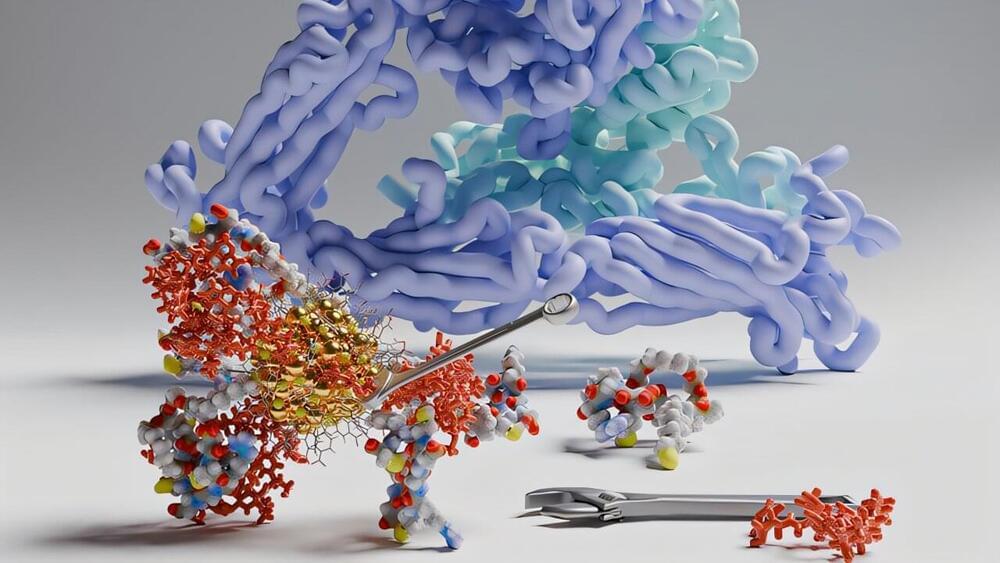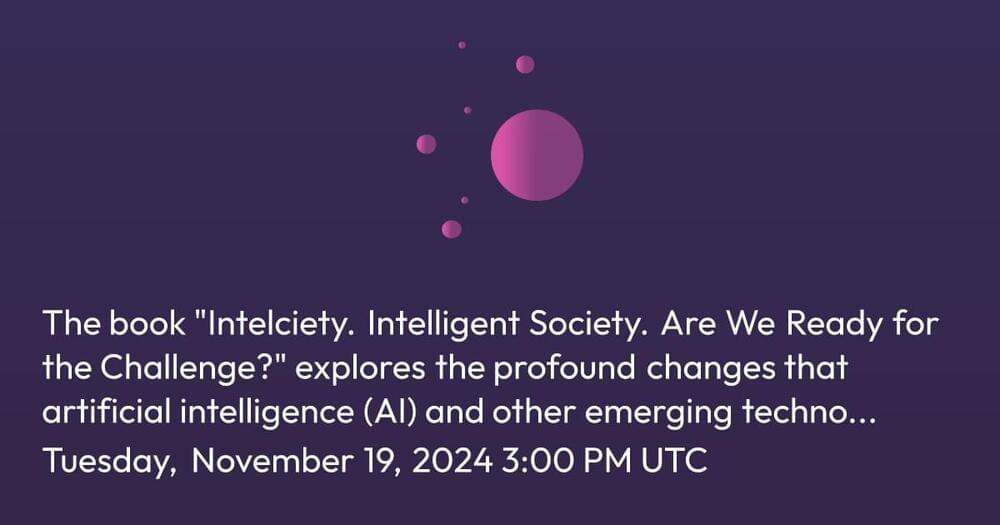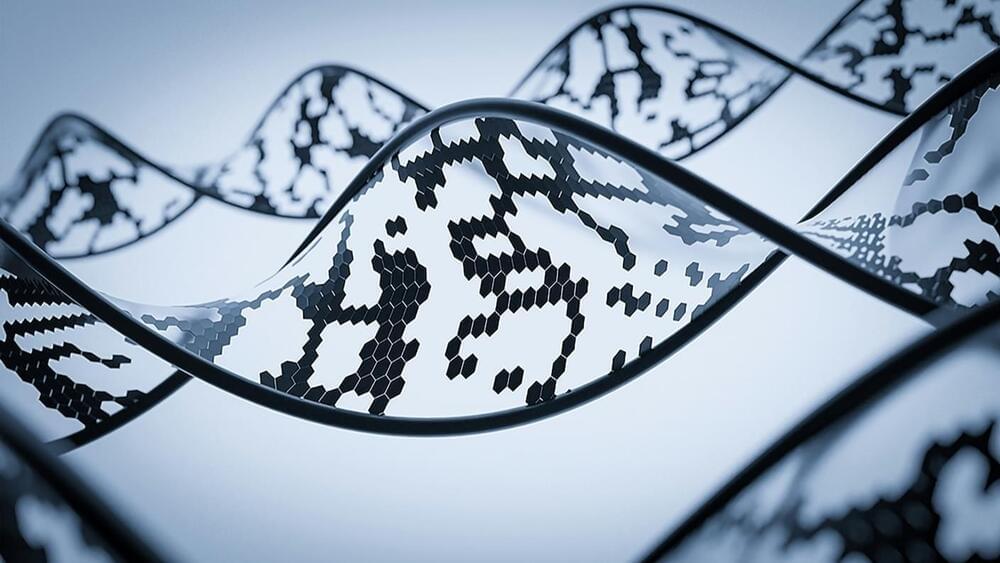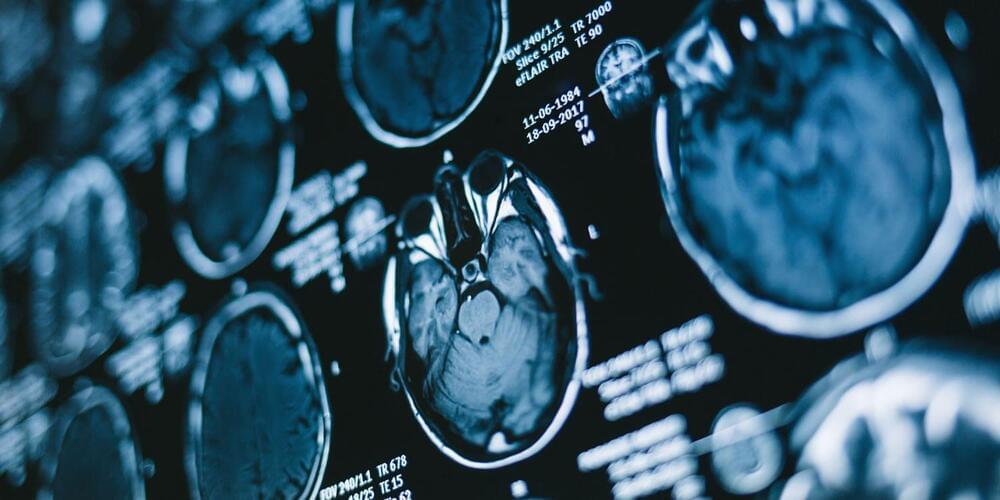A series of studies on humans and mice examined sex differences in reactions to anesthetics, revealing that female brains are more resistant to the hypnotic effects of these drugs. Testosterone administration increased sensitivity to anesthetics in mice, while castration enhanced anesthetic resistance. In humans, females regained consciousness and recovered cognitive function faster than males after identical exposure to anesthetics. The study was published in Neuroscience.
General anesthetics are drugs that induce a reversible loss of consciousness, primarily used during surgical procedures to block pain and prevent awareness. They are essential in medicine because they enable complex surgeries that would otherwise be intolerable due to pain, allowing patients to undergo invasive procedures safely and comfortably.
The history of general anesthesia dates back to the 19th century, with the first successful public demonstration by Dr. William Morton in 1846. Before anesthetics, surgery was excruciating and dangerous, often performed only in dire cases due to the severe pain and risks. Over time, safer and more effective agents, such as chloroform and eventually modern inhaled and intravenous anesthetics, were developed. Today, general anesthesia is administered by specialized professionals called anesthesiologists, who monitor and adjust the dosage to ensure patient safety.








